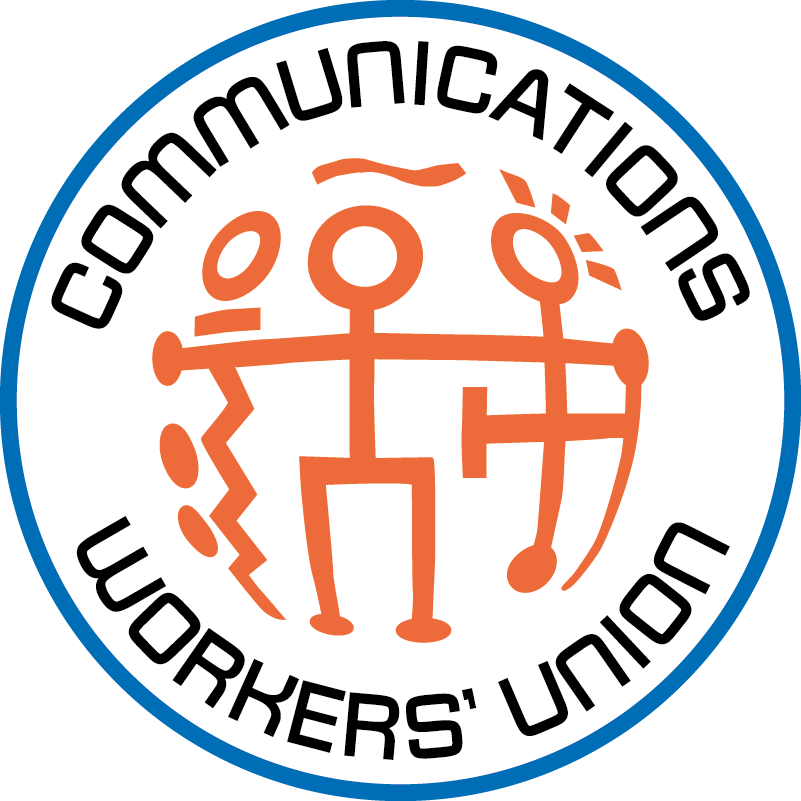GSP 14-22 DSU Design – New Model: Test & Learn
18/July/2022
Description
At Biennial Conference in May we examined the shifting landscape of the Mails & Parcels business and the potential impact this will have on the pay and working conditions of our members. Accepting it is the Company’s obligation to develop a strategy to ensure the future viability of the business, the CWU has demonstrated time and time again that it is prepared to play its part where we have a shared agenda of the key objectives. For this reason, and because we recognise that there has been a seismic shift in the nature of delivery work and the mix of product being delivered, we have agreed to cooperate with the Company transformation, provided this is done on the basis of sharing the benefits and jointly addressing staff impact issues.
It is important to remember that even before the Company re-entered the parcel business in 2018, the Union had resisted the closure of SDS (in favour of a restructuring) and for a number of years had promoted the view that the Company should develop this area of the business. Our support for growing the parcel/packet business and for the realignments necessary to ensure deliveries could cope with the new product mix was critical to ensuring that the business continued to grow and, in fact, thrive during the COVID period. Had this not been the case, the business model and the operating landscape that has emerged from the accelerated changes brought about by COVID would certainly be very, very different. The new challenges and worldwide uncertainties are equally as tough and volatile, making it much more difficult to accurately assess the future impact on An Post’s business. However, what is certain is that the mail volume and profile, together with the competitive customer demands, will continue to change, meaning the existing resourcing and design model will become even more unfit for purpose.
It is therefore crystal clear the current set up can’t stay the same. It is worth noting that in 2016 the Monitoring Group recommended that An Post should urgently review its processes and procedures for gathering data and designing delivery options. In 2019, the Union agreed a revised DSU Optimisation process, which was parked while the Company prioritised an alternate day Prio/Eco model, which has been shelved for now.
So, where do we go from here? The Company, after much deliberation and review, has finally developed an enhanced route design model, which will use the most up to date available information and technology to enable faster and more frequent route and office designs. The next step is a practical Test & Learn (proof of concept) of the model, taking place over the next three months at Ravensdale Road, Dublin, Drogheda and Kilmallock. The Company’s intention is to take the learnings from this exercise and to apply these to an accelerated roll out of designs to all DSUs in 2023.
The Union has agreed to cooperate with and to support the Test & Learn exercise, which is important in terms of stress testing the revised design methodology and potential outcomes. We have initially identified a number of key areas, such as the hit rate, growth/new development, manual mail, new design parameters, volume baseline/fluctuations, that require close scrutiny and verification. The data capture and outcome at each location from the joint working will be shared and reviewed with the Union. On completion of the exercise the Union will consider the outcome and the potential for a new agreed design model, which ensures the necessary resources are in place to cater for the work in the interest of both parties.
The Test & Learn proposals have been developed without CWU input and based on data drawn from management information systems, using latest technology, without manual mail volume counts. Local Branch input, supported by Headquarters, Regional Officers, and the C&D Group, is therefore critical to validating and verifying the workability of the new process in advance of any roll out to other offices. The Union has advised the Company it will take whatever time is required during engagement, rather than risk flawed conclusions, if rushed.
Notwithstanding the above, I have made it clear to the Company, the Union’s participation and cooperation with transformation is contingent on securing a new change and reward agreement that addresses the pay disparities and widening gap in pension. To this end, I have stressed to the Company that I regard the Union’s claim for consolidation of 5% of the Change Allowance as a redline issue.
I acknowledge there are major challenges to overcome to conclude a new agreement that strikes the right balance, that ensures the viability of the Company, meets customer expectations, and provides job security and earnings certainty for our members. Please be assured the Union will pursue every avenue and exhaust every option to achieve these goals.
